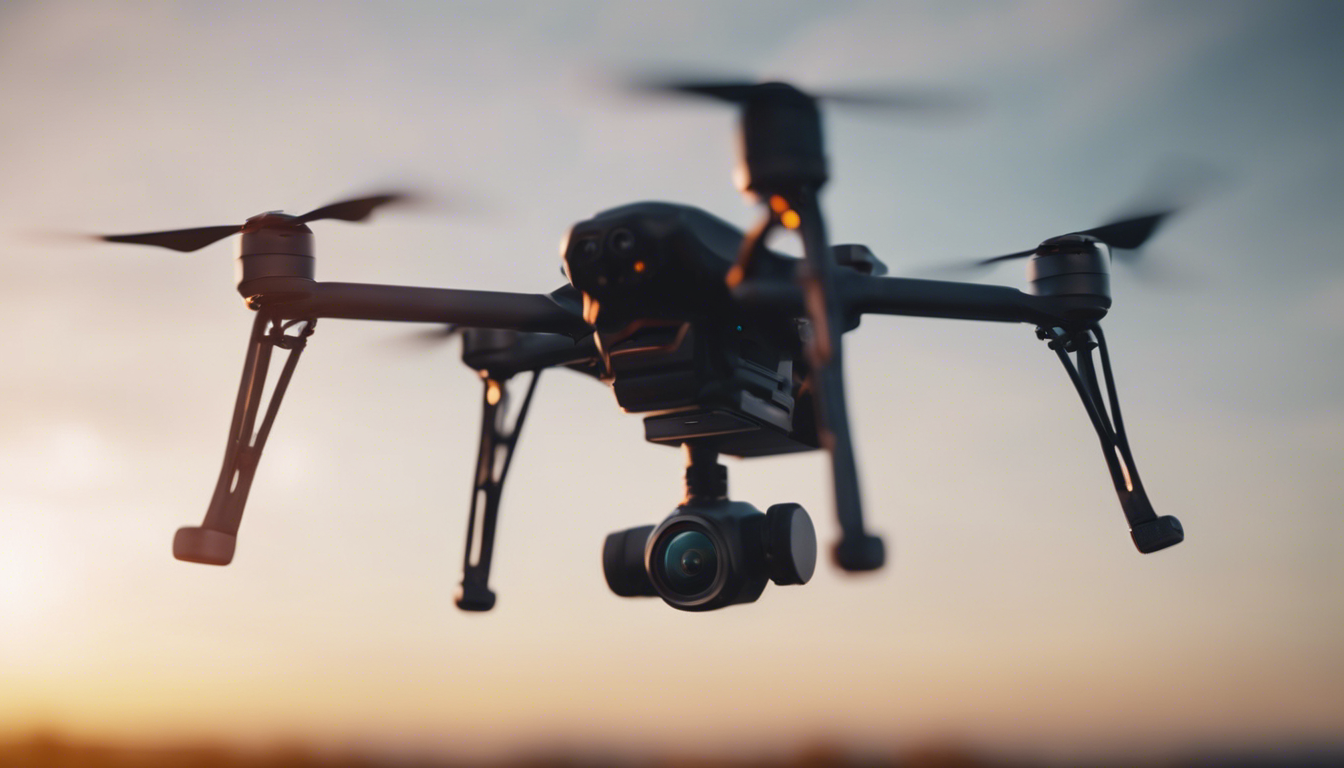
Airborne drones have revolutionized various industries, and their benefits are now being felt in forest management. These unmanned aerial vehicles (UAVs) offer a unique perspective that allows forestry professionals to efficiently monitor and evaluate vast forested areas. Consumer drones, in particular, have played a significant role in providing valuable insights for sustainable forestry practices. Here, we delve into the various aspects of drones and their integral role in forest management.
1. Aerial Mapping and Monitoring:
Drones equipped with high-resolution cameras and thermal sensors can capture detailed aerial imagery of forested areas. This imagery helps forest managers identify changes, such as the spread of pests, diseases, or the impact of natural disasters, enabling timely intervention. The data collected by drones allows experts to assess the health of forests accurately and understand their dynamics, facilitating effective forest management strategies.
2. Forest Inventory:
Traditionally, conducting forest inventories involved time-consuming and labor-intensive processes. However, consumer drones have simplified this task significantly. Drones equipped with LiDAR (Light Detection and Ranging) technology can quickly create 3D models of forests, providing precise data on tree height, canopy density, and forest structure. This information aids forest managers in making informed decisions regarding logging operations, tree regeneration plans, and ecosystem restoration.
3. Fire Detection and Prevention:
Forest fires pose a severe threat to natural habitats and resources. Consumer drones equipped with thermal cameras can detect heat signatures early on, helping identify potential fire outbreaks. By swiftly identifying fire hotspots, firefighters can respond promptly and prevent the flames from spreading extensively. Additionally, drones can be employed to assess post-fire damages and evaluate the effectiveness of rehabilitation efforts.
4. Wildlife Monitoring:
Drones have revolutionized wildlife monitoring by providing researchers with a bird’s eye view of animal habitats. The quiet and non-intrusive nature of UAVs allows for accurate surveys without disturbing the natural behavior of animals. With drones, researchers can monitor endangered species, detect animal movements, and track population changes over time. This data helps conservationists develop targeted wildlife management plans for protected areas.
5. Affordability and Accessibility:
Consumer drones have become increasingly affordable and effortless to handle in recent years, making them accessible to both professionals and enthusiasts alike. This accessibility democratizes forest management, as individuals with an interest in conservation can actively participate in monitoring and data collection. As technology advances, drone capabilities continue to improve, expanding the scope of forest management applications.
6. Regulations and Ethical Considerations:
While consumer drones offer numerous benefits for forest management, their usage must adhere to regulations and ethical considerations. Pilots must understand the local laws and obtain necessary permits before using drones for commercial purposes. It is important to respect privacy, avoid disturbing wildlife, and prioritize safety when operating drones in forested areas.
In conclusion, consumer drones have a pivotal role to play in modern forest management. The ability to capture high-resolution imagery, perform forest inventories, detect fires, monitor wildlife, and enhance accessibility has transformed the way forests are managed. By leveraging this technology responsibly, we can ensure sustainable practices that protect our invaluable natural resources for generations to come.
Embrace the potential of consumer drones and discover the endless possibilities they offer to preserve and sustain our forests!
